Known around the globe as a spice worth more than its weight in gold, saffron is expensive, but the intense color and incredible flavor it brings to food is priceless. A single grain of pure saffron will add distinctive bright yellow color to 10 gallons of water, or embellish the flavor of 10 pounds of food with a pungent, earthy essence.
In cultures worldwide, most every country has a dish complemented by saffron.
Just to name a few:
- In Spain, no paella is perfect without saffron.
- In Italy, chefs flavor Milanese risotto with a pinch of saffron.
- Saffron is an integral ingredient in rice dishes, ice cream, and bakery goods in India.
- Traditionally seasoned French Bouillabaisse emits the sweet scent of fresh saffron.
- Cardamom and saffron are used to enhance the flavor of coffee in Saudi Arabia.
- Saffron lovers in the United States consume 25 tons of the spice annually.
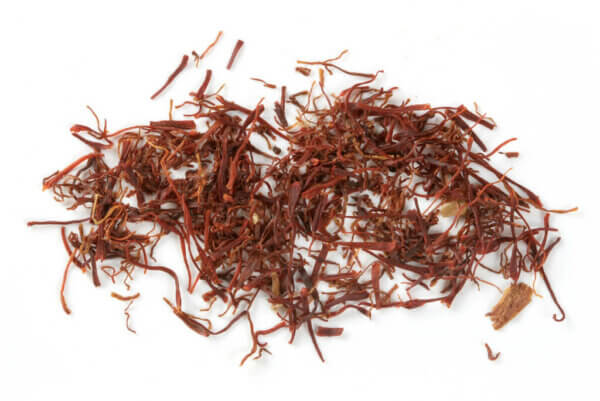
Keep in mind that heat is required to release saffron’s flavor essence. Typically, saffron threads are steeped in boiling water or broth before being added to food. Pre-soaking the spice also releases the intense yellow color, allowing it to permeate the food.
A pungent spice with a bittersweet taste, saffron, commonly known as “Red Gold”, is derived from the dried red threads (stigmas or female portion) of the saffron crocus. The Crocus sativus L. is a perennial herb in the plant family Iridaceae.
If you enjoy the exquisite color, scent, and taste of saffron, but hate to pay the exorbitant price demanded by spice shops and online vendors, not to worry. You can grow your very own saffron crocus bulbs at home, and harvest the spice produced by the blood-red stigmas of the plant.
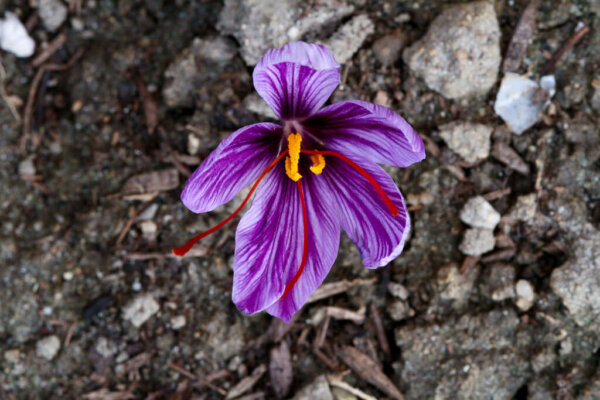
Growing and harvesting your own saffron can seem to be a tedious and time-consuming task, but many experienced growers comment saffron is easier to grow than asparagus or strawberries. When you grow your own saffron, you will also have the satisfaction of knowing that the spice complimenting your finest culinary dishes is pure, fresh, and free from chemical pesticides and herbicides.
Growing saffron is also quite rewarding if gardening is your passion. Not only will you impress your family, friends, and fellow gardeners, but you’ll certainly have bragging rights at the next family dinner.
History Of Saffron
Native to the Zargos Mountains of Iran, saffron crocus, a bulbous perennial with globular corms, takes its name from the Arabic word “Zafaraan.” Since its first recorded use in the 7th Century BC, saffron and its sweet honeyed fragrance has been highly prized for its use as a medicinal herb, food seasoning, hair and fabric dye, and as an intoxicating perfume.
Saffron production is labor intensive, requiring more than 150,000 flowers to yield 1 Kilogram of dried saffron (4,500 flowers to produce an ounce). Every flower must be picked by hand.
Blooming only in mid autumn, Crocus sativus stigmas must be gathered immediately before the flower wilts. Rarity drives the price. For centuries, Arab spice traders carried bright red thread bundles of dried saffron to countless countries and cultures. This established the spice’s reputation as one of the world’s most coveted and costly substances.
Purchasing Saffron Crocus Bulbs
The majority of commercial cultivation of saffron crocus bulbs takes places at high elevations in the mountains of Iran, Turkey, Greece, and Afghanistan. Saffron is also commercially cultivated in Spain and India. Annual world saffron production is estimated at 300 tons. Spanish saffron is sought for its high quality and commands twice the price of saffron produced in Iran.
Crocus Sativus
Saffron crocus bulbs (Crocus sativus) differ from the typical crocus that pops up in the yard every spring. Saffron crocus is a tiny plant, with multiple bright green grass-like leaves growing up from the globe shaped corm. The first verdant grass-like shoots appear in spring, and then die back during the heat of summer. New leaves appear as the weather cools, followed by the display of flowers.
Saffron is a unique, autumn-blooming crocus that you can purchase through a reputable online nursery, or from local specialty garden nurseries. This is not the common crocus sold at garden markets or home and garden supply stores.
Crocus sativus are sterile male triploids. They cannot reproduce via seed. They are propagated through their bulb-like root structures known as corms. Corms are purchased in the dormant stage and planted in late summer or early autumn. After flowering, the plant exhibits new vegetative growth of dark green leaves and multiplies itself with the production of multiple baby corms.
When selecting saffron crocus corms, it is important to be aware that they are marketed in multiple size grades, from very small (0.6 grams) to very large (24 grams). Small corms may be slow to flower, requiring an extra season of growth before flowers form. While the small corms are less expensive, it is wise to start out with mid-size to large corms to have a higher chance of flowering in the first year.
Planting Saffron Crocus Bulbs
Saffron crocus bulbs don’t keep well in storage, so make sure to plant them as soon as possible after purchasing. You can plant saffron crocus at the base of trees, around shrubs, as edging along a garden pathway, in a rock garden, or in a mass planting in a flower or garden bed. Saffron crocus can also be cultivated in containers or pots on the patio. Depending on variety, saffron crocus grows from 3-to-12 inches in height and form broad, spreading clumps up to 18-inches in width as the plants mature.
Best Times For Planting
In the United States, the best time to plant saffron crocus is in July. No matter if you plant crocus bulbs in the late summer or early fall, do not expect them to bloom until the following year in mid to late autumn. Keep in mind that saffron remains dormant from June through August. During this period, avoid watering. If the area where you reside experiences heavy summer rains, it is best to grow saffron in containers or in a covered location protected from the rain.
Soil Conditions
Crocus sativus is hardy and does well in U.S. Plant Hardiness Zones 5 through 9. However, successful saffron growers advise that the kind of soil you use to grow saffron is far more important than the United States Hardiness Zone where you want to grow them. The plant will not survive in compacted soils with heavy clay content.
Saffron crocus plants demand loamy, nutrient-rich, well-drained soil in a sunny location. Select a planting location where the plants will receive several hours of sunshine daily. Soggy soil will cause the bulbs to rot. Other than requiring plenty of sunshine and good soil, the crocus isn’t picky.
Before planting the bulbs, prepare the soil by removing rocks and weeds. Amend the soil with a generous amount of well-aged herbivore manure (horse, cow, sheep, goat, llama). Work the manure into the soil well.
Plant saffron crocus bulbs approximately three to four inches deep, and four to six inches apart. Be sure to plant crocus corms with the pointed side up.
Harvesting The Saffron
When purchasing and planting saffron crocus corms, bear in mind that each bulb will produce 2-to-12 large, pale lavender to violet-blue flowers. The flower is integral to saffron production. Tucked within the outer purple petals are three short, yellow pollen structures known as stamens. There are also three long, bright red female pollen receptors called stigmas. The fragile stigmas, harvested with tweezers when the flower opens, contain the exotic spice.
Place the red pistils on a paper towel in a sunny windowsill to dry for 12 to 24 hours. Keep in mind that saffron is light sensitive. After the stigmas have dried, wrap saffron threads in foil packets and store in a light proof, airtight container to preserve freshness.
Fresh saffron presents a clean, hay-like fragrance, but little flavor. The flavor develops and matures during storage. Keep saffron stored in its airtight container for at least a month before consumption. While saffron has an extended shelf life, it’s best to use within a year of drying.
Brightly colored and highly fragrant, the brightly colored purple flower petals can also be dried and used for potpourri.
Saffron crocus make a bold color accent in fall herb gardens, and are an excellent companion plant for sweet peppers, squash, pumpkins, parsley, rosemary, and thyme.
Important Notes About Harvesting
It requires about 50 to 60 plants to achieve a harvest of one teaspoon of saffron powder. Even if you plant just a few dozen bulbs, the bulbs multiply rapidly, and once established will spread and fill your flowerbed. The corms can stay in the ground for up to five years before being dug up and transplanted to avoid overcrowding. Saffron crocus is heat tolerant, and resistant to insects and disease.
Planted in mass, saffron crocus makes an impressive spring statement, and provides enough of the rare and pricey saffron to share as a gift with family and friends.
You will find that cultivating saffron is easy and a whole lot cheaper than purchasing the expensive spice at the market. Additionally, the charming plant makes a lovely and welcomed addition to the garden.
Saffron Crocus As A Cash Crop
Currently priced at $19 a gram, $2,500 to $10,000 a pound, and more than $100,000 of estimated projected revenue per acre, saffron is a viable complementary cash crop. Many homesteaders have found that a fallow acre, planted with saffron crocus, becomes an annual source of supplemental income. Saffron crocus can also be easily cultivated in plastic milk crates lined with horticultural cloth in a greenhouse environment.
Saffron flowers do not produce a bountiful crop the first year. You need to plan ahead for the larger crop that occurs two to three years later.
Temperature, soil type, growing conditions, nutrition, plant health, harvesting, handling, and drying methods all play a crucial role in the final quality and flavor of this highly prized spice. Gourmet chefs and culinary experts report saffron grown in America’s home gardens is milder, sweeter, less bitter, and more flavorful than that grown commercially worldwide.
Avenues For Selling
Saffron growers have a few options in terms of how they can market their product:
- Selling fresh saffron to local caterers, cooks, and restaurants who use it in their culinary masterpieces.
- Package dried saffron to sell at the farmers market.
- Sell in bulk to local specialty grocery stores and spice shops at a wholesale price so that the retailer can mark-up the spice to sell for a profit.
Where To Purchase Bulbs
ATTRA, A National Sustainable Agriculture Assistance Program, recommends the following sources for purchasing saffron crocus bulbs:
Dabney Herbs
P.O. Box 22061
Louisville, KY 40252
502-893-5198
Nichols Garden Nursery
1190 No. Pacific Hwy. NE
Albany, OR 97321
877-229-8487
nicols@gardennursery.com
References:
- Iranian Saffron Prices On World Markets, Rowhani Saffron
- Growing Saffron Crocus, University of Nebraska Extension
- Growing Your Own Saffron, University of Wisconsin-Extension
- Saffron Farming Information Guide, Agri-Farming
- Saffron: A Major Source Of Income And An Alternative To Poppy, The World Bank
- Saffron Market, Future Market Insights
- The World’s Priciest Foods, CNN

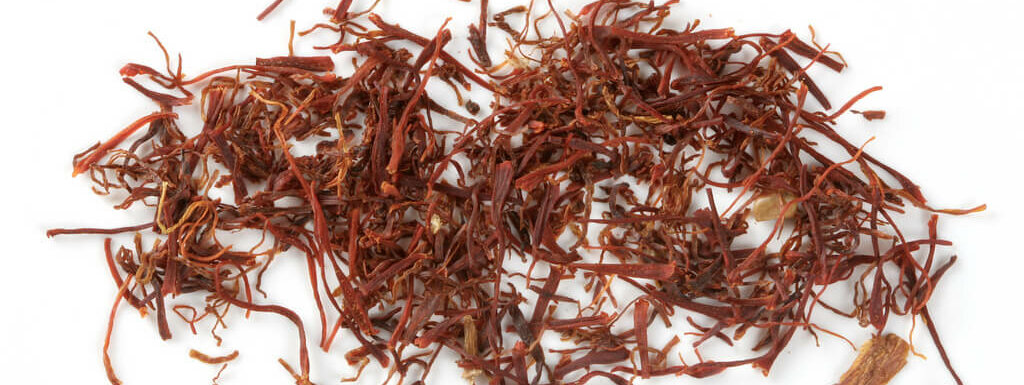

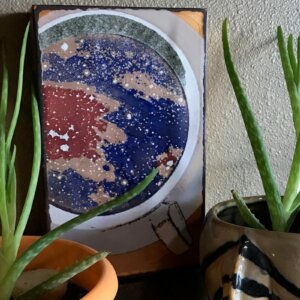

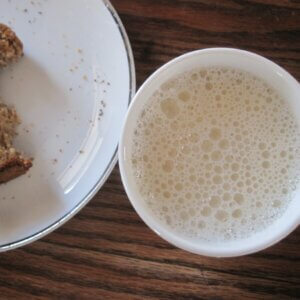
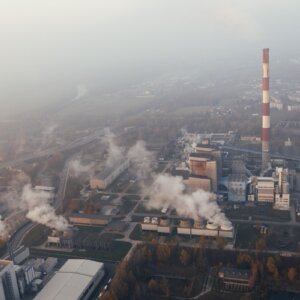

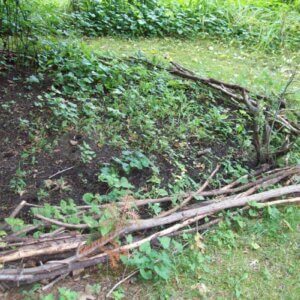








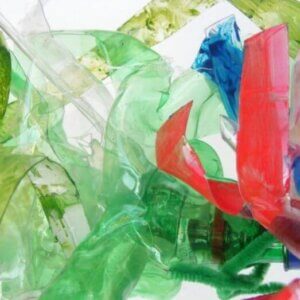


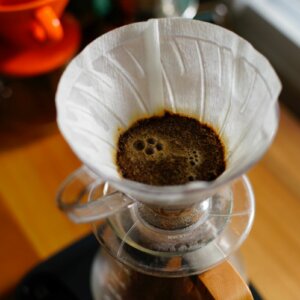


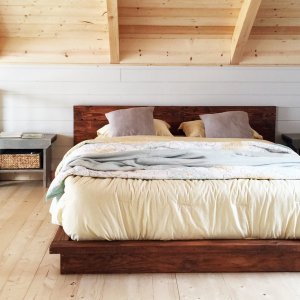

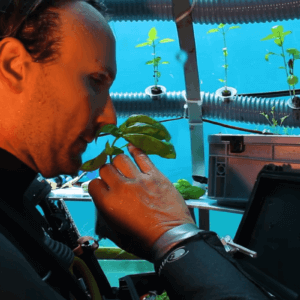
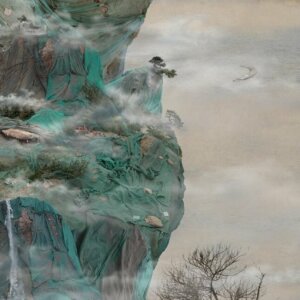

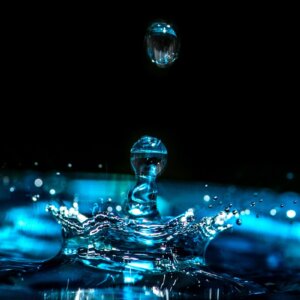

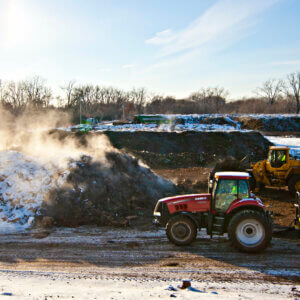
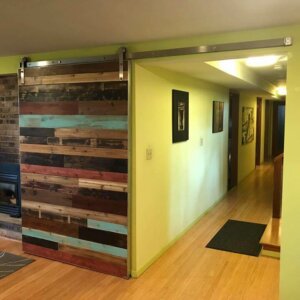
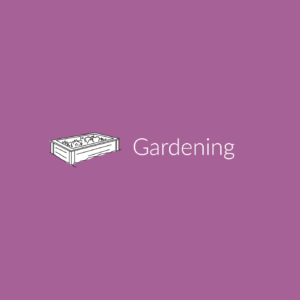

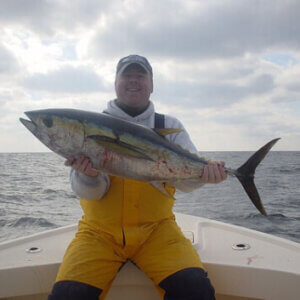
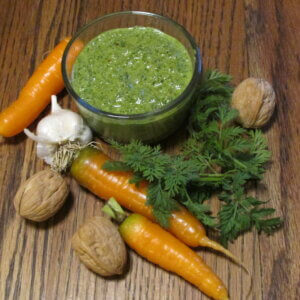






Leave a Reply